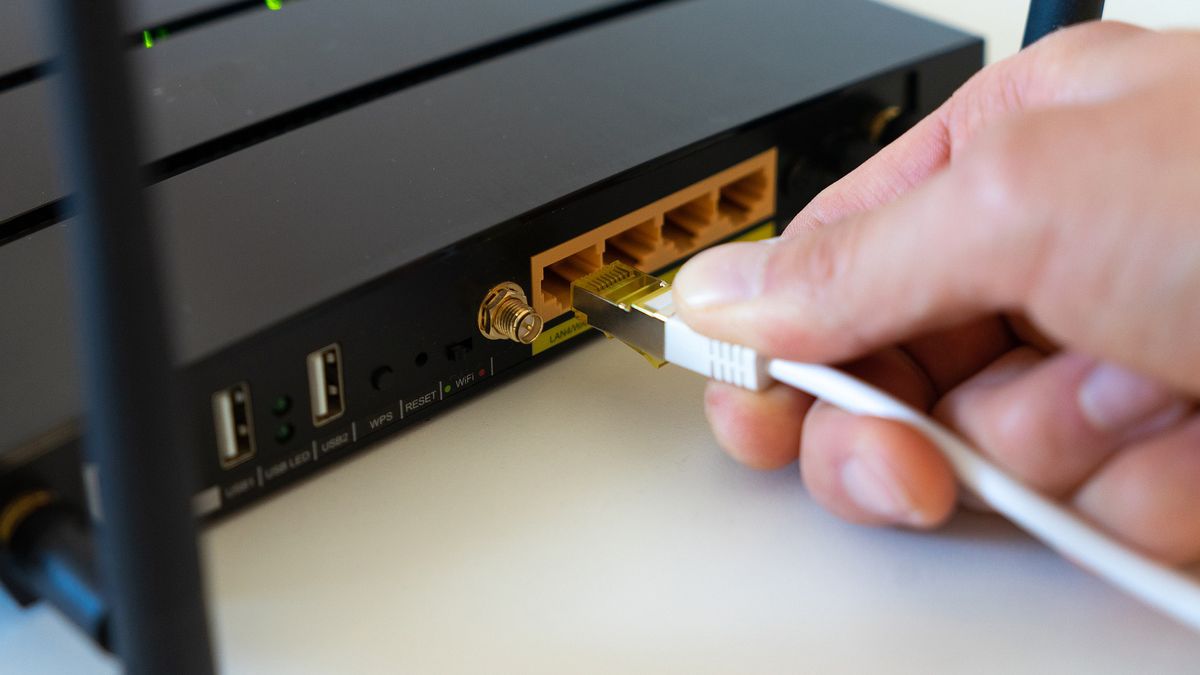The world of wireless connections is complicated and full of interference (pun intended). That is why we never tire of bringing new guides, tutorials and articles talking about the subject, since the more we talk about it, the better we understand it.
With the increased use of internet-connected devices in homes, the quality of the connection Wifi has become more and more importantsince we all depend on the internet to be able to work.
A popular solution for improving whole-home connectivity is WiFi Mesh, a wireless network that uses multiple devices to cover a large area and provide a fast, stable connection.
But how does this compare to a traditional WiFi router? In this article, we’ll take a look at how both systems work, their differences, and which one might be better for you, dear reader.
How does a WiFi router work?
A WiFi router is the device that connects the devices in your home to the internet. Basically, it connects to the internet line in your home and distributes the wireless signal to the devices that connect to it.
The WiFi router has a limitation in terms of range, which means that if you are far away from the router, the signal might be weaker. This can lead to dead zones in your home where the internet connection is slow or not available at all.
Huawei
How does Mesh Wi-Fi work?
Mesh WiFi, on the other hand, uses multiple devices, called access points, to create a wireless network in your home. These access points connect to each other and work together to provide a stable, high-speed wireless connection throughout your home.
Access points are placed at different locations in your home and use a special protocol called “mesh routing” to communicate with each other. This means there is no central signal that gets weaker the further you get from the router.

Differences between a WiFi router and WiFi Mesh
The main The difference between a WiFi router and Mesh WiFi is that the latter uses multiple access points to create a wireless network. On a WiFi router, all internet traffic must pass through a single device, which can result in a weak signal in areas far from the router.
With Mesh WiFi, each access point acts as a repeater and extends the wireless signal throughout your home. This ensures that there is a stable, high-speed wireless connection anywhere in the house, even in areas that were previously dead zones.
Another important difference is that Mesh WiFi is scalable. If you need to cover a larger area in your home, you can simply add another access point and expand your network. With a traditional WiFi router, you would have to buy a more powerful router and probably reconfigure the entire network.

freepik
Which one is better for you?
If you live in a small space or apartment, a traditional WiFi router might be enough. However, if you have a large home or many internet-connected devices, Mesh WiFi is probably a better option.
The mesh network is more expensive than a traditional WiFi router, but offers a faster and more stable wireless connection throughout the house. Also, it is more scalable and flexible, which means that you can expand the network if you need to cover a larger area.
In conclusion, WiFi Mesh is a more advanced solution for wireless connectivity in the home, but it is also more expensive. That said, if you need a fast wireless connection and your house is not very big, stick with the WiFi router.


